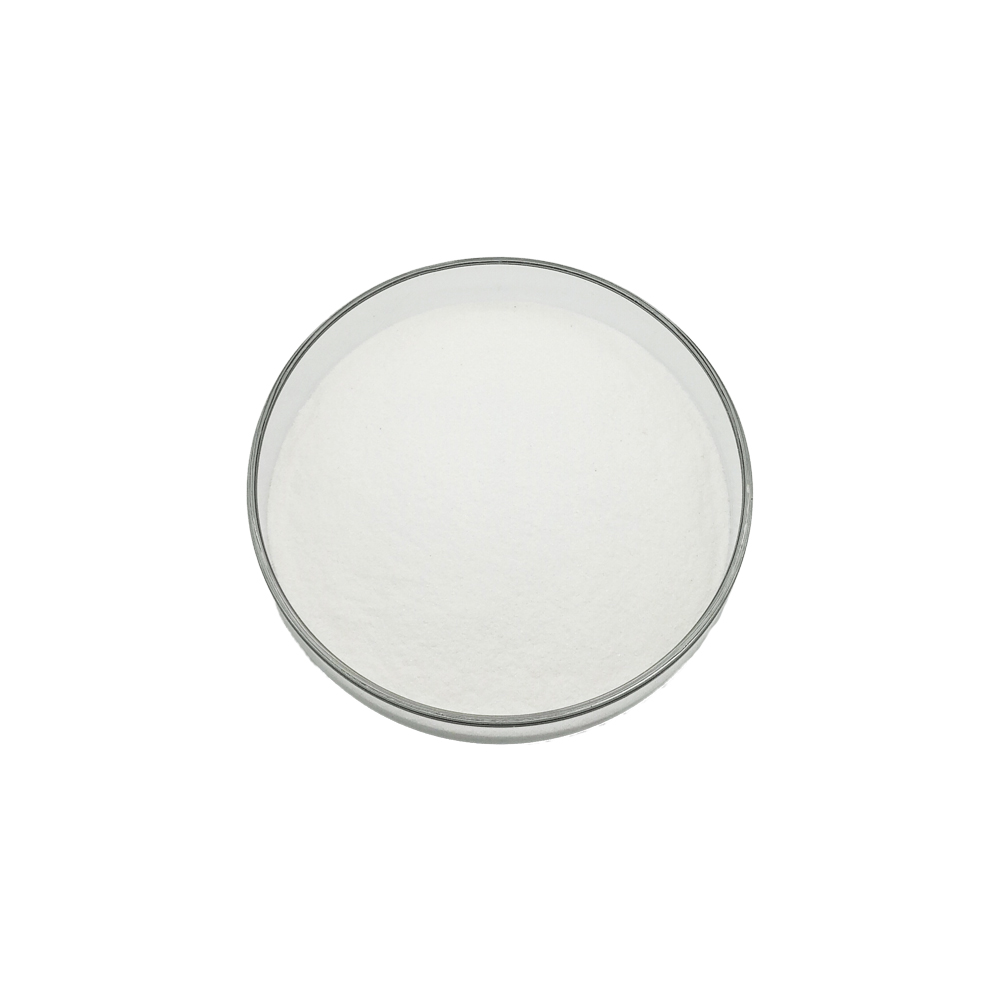
Ammonium Rhenate Recycling
Ammonium perrhenate (chemical formula: NH₄ReO₄) is the ammonium salt of rhenium and usually appears as white or colorless crystals. Waste ammonium rhenate is one source of recycling of rhenium-containing waste. Other sources of recycling of rhenium-containing waste include rhenium powder recycling, rhenium block recycling, rhenium alloy recycling, rhenium oxide recycling, and rhenium chloride recycling.
- Parameter
- Related Questions and Answers
-
Name : Ammonium rhenate
-
Use : Manufacturing of high temperature alloys, catalysts, etc.
-
Application Areas : Catalyst field, aerospace field, etc.
-
Appearance and properties : White or colorless crystals
-
Settlement Method : On-site payment
-
Recycling Type : Rhenium recycling
-
Door-to-door recycling:worldwide
-
Customer service: Free content testing and door-to-door recycling
Rhenium Alloy Recycling
Rhenium alloys are alloy materials composed of rhenium and other metals (such as tungsten, molybdenum, and nickel) that have a very high melting point, strength, and corrosion resistance. Waste rhenium alloys are one of the sources of recycling of rhenium-containing waste. Other sources of recycling of rhenium-containing waste include rhenium powder recycling, rhenium block recycling, rhenium alloy recycling, rhenium oxide recycling, and rhenium chloride recycling.
Search : Rhenium Alloy RecyclingRhenium Powder Recycling
Rhenium powder is a fine powder of elemental rhenium, usually gray or silvery-white in color, with excellent resistance to high temperatures and corrosion. Waste rhenium powder is one of the recycling sources of rhenium-containing waste. Other recycling sources of rhenium-containing waste include rhenium powder recycling, rhenium block recycling, rhenium alloy recycling, rhenium oxide recycling, and rhenium chloride recycling.
Search : Rhenium Powder RecyclingAmmonium Rhenate Recycling
Ammonium perrhenate (chemical formula: NH₄ReO₄) is the ammonium salt of rhenium and usually appears as white or colorless crystals. Waste ammonium rhenate is one source of recycling of rhenium-containing waste. Other sources of recycling of rhenium-containing waste include rhenium powder recycling, rhenium block recycling, rhenium alloy recycling, rhenium oxide recycling, and rhenium chloride recycling.
Search : Ammonium Rhenate RecyclingRhenium Chloride Recycling
Rhenium chloride (ReCl₅) is a rhenium chloride, usually produced by reacting rhenium with chlorine gas at high temperatures. It is an orange-red solid that is unstable in air and decomposes to the lower valence rhenium chloride. Waste rhenium chloride is one source of recycling of rhenium-containing waste. Other sources of recycling of rhenium-containing waste include rhenium powder recycling, rhenium block recycling, rhenium alloy recycling, rhenium oxide recycling, and ammonium rhenate recycling.
Search : Rhenium Chloride RecyclingProduct Details
Ammonium perrhenate (chemical formula: NH₄ReO₄) is an ammonium salt of rhenium, which usually appears as white or colorless crystals. It is obtained by reacting rhenium oxide with ammonia and is usually used for further purification of rhenium or conversion to other rhenium compounds. Ammonium perrhenate plays the role of an important intermediate in the production of rhenium metal and other rhenium alloys, and is also used in the production of high-temperature alloys, catalysts, etc. It also serves as a catalyst for several catalytic reactions, especially in the production of petrochemicals and fine chemicals. The high purity of ammonium rhenate is also of great importance for the production of special materials in the electronics and aerospace industries.
The common methods for the production of ammonium rhenate are as follows:
1. Reaction of rhenic acid solution with ammonia water: In this method, rhenium oxide (such as rhenium oxide Re₂O₇) is first reacted with concentrated nitric acid to form a rhenic acid solution. The rhenic acid solution can be used to obtain high-valent rhenium oxide by adjusting the acidity of the solvent. Then, ammonia water (NH₃·H₂O) is slowly added to the rhenic acid solution, and the ammonia water reacts with the rhenic acid to form ammonium rhenate (NH₄ReO₄) precipitate. The precipitate should be filtered, washed to remove impurities, and dried at a suitable temperature to finally obtain pure ammonium rhenate. This method is simple and effective, and is widely used in laboratories to extract ammonium rhenate.
2. Reaction of rhenium sulfate solution with ammonia water: In this method, rhenium metal or rhenium alloy is used as raw material, which is first reacted with concentrated sulfuric acid to produce rhenium sulfate solution. During the reaction, rhenium metal is oxidized to high-valent rhenium ions. After obtaining the rhenium sulfate solution, ammonia water is added to it to adjust the pH value of the solution to alkaline and promote the precipitation of ammonium rhenate. The precipitate is filtered, washed to remove dissolved sulfate impurities, and dried to finally obtain high-purity ammonium rhenate. This method is expected to be applied in industrial production, and is particularly suitable for the recovery and purification of rhenium.
3. Reacting rhenium chloride with ammonia water: In this production method, rhenium chloride (such as rhenium chloride) is first dissolved in water to form a rhenium chloride solution. The rhenium chloride solution contains high-valent chloride ions of rhenium. Then, ammonia water is slowly added to the rhenium chloride solution, and the hydroxide ions in the ammonia water react with rhenium chloride to form a precipitate of ammonium rhenate. The precipitate is thoroughly filtered, washed to remove chloride ions and other dissolved substances, and dried to finally obtain pure ammonium rhenate. Due to its high flexibility and controllability, this method is often used for the synthesis and preparation of rhenium, especially on a laboratory scale.
Waste ammonium rhenate is one of the recycling sources of rhenium-containing waste. Other recycling sources of rhenium-containing waste include rhenium powder recycling, rhenium block recycling, rhenium alloy recycling, rhenium oxide recycling, and rhenium chloride recycling. If you need germanium scrap recycling, please call our 24-hour service hotline. Dingfeng precious metal recycling and refining manufacturer has an independent recycling and refining plant without middlemen to create price differences, and our professional technical team and customer service staff provide one-to-one service and ensure customer privacy during the recycling process.

